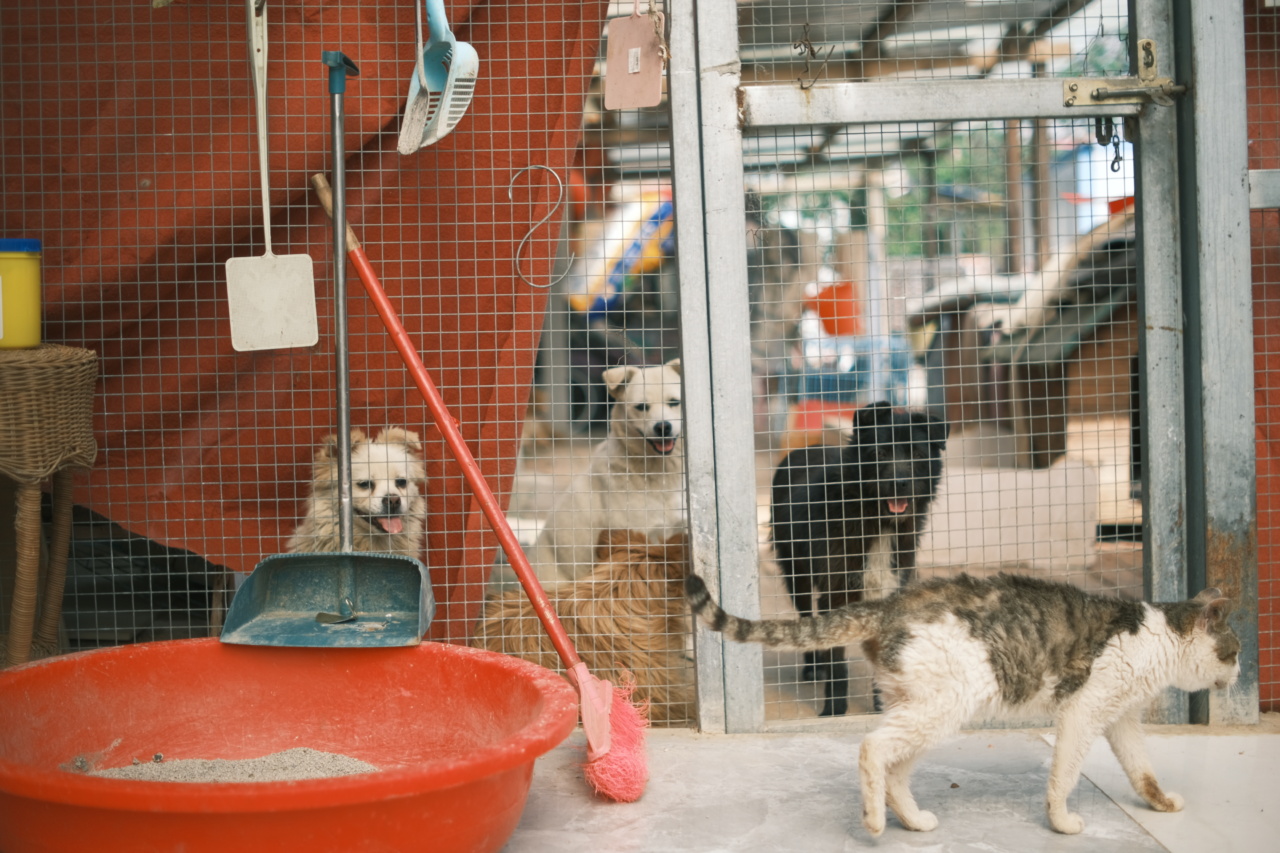Dogs can experience a wide range of emotions and like humans, they can also suffer from anxiety. It is important to recognize the signs of anxiety in your dog so that you can help them overcome it.
Dogs that are anxious can exhibit a variety of behaviors that can be problematic if not addressed properly.
What is Anxiety in Dogs?
Anxiety is a normal emotion in dogs but it becomes problematic when it becomes excessive and interferes with their daily life.
A dog’s anxiety can be triggered by a variety of things including separation from their owner, loud noises, unfamiliar surroundings or people, a change in routine, or even a medical condition.
If left untreated, anxiety in dogs can lead to a variety of problems such as destructive behaviors, aggression, and even health problems.
As a responsible dog owner, it is important to recognize the signs of anxiety in your dog and take steps to address it.
Common Signs of Anxiety in Dogs
Every dog is different and their anxiety can manifest in different ways. However, there are some common signs of anxiety that you should look out for:.
1. Excessive Barking or Whining
A dog that is anxious may bark or whine excessively, especially when left alone or in unfamiliar surroundings. This type of behavior can be very disruptive to your daily life and should be addressed.
2. Pacing and Restlessness
A dog that is anxious may pace back and forth or seem restless. This can be a sign that your dog is feeling overwhelmed and unsure of what to do.
3. Excessive Licking or Chewing
A dog that is anxious may also engage in excessive licking or chewing of themselves. This behavior can be a sign of stress and can lead to skin problems if left untreated.
4. Trembling or Shaking
Another sign of anxiety in dogs is trembling or shaking. This can be a physical manifestation of their emotional distress.
5. Destructive Behaviors
A dog that is anxious may engage in destructive behaviors such as chewing on furniture or digging holes in the yard. This type of behavior can be very frustrating for owners and can also be dangerous for the dog.
6. Aggressive Behaviors
In extreme cases, a dog that is anxious may become aggressive towards people or other animals. This type of behavior should be taken very seriously and addressed immediately.
How to Help a Dog with Anxiety
If you suspect that your dog is suffering from anxiety, there are several things you can do to help them:.
1. Consult with Your Veterinarian
It is important to rule out any medical conditions that may be causing your dog’s anxiety. Your veterinarian can perform a thorough physical exam and recommend any necessary tests or treatments.
2. Create a Safe Space
Create a safe space for your dog where they can retreat when they are feeling anxious. This could be a crate, a quiet room, or even a favorite spot on the couch.
3. Provide Plenty of Exercise and Mental Stimulation
A tired dog is a happy dog. Providing regular exercise and mental stimulation can help reduce anxiety in dogs. Consider taking your dog for walks, playing fetch, or participating in obedience training.
4. Try Calming Techniques
There are several natural calming techniques that can help alleviate anxiety in dogs. These include massage, aromatherapy, and pheromone therapy.
5. Consider Medication
In severe cases, medication may be necessary to help alleviate anxiety in dogs. Your veterinarian can prescribe medication that is specifically formulated for dogs to help reduce anxiety.
However, medication should only be used as a last resort and under the guidance of a veterinarian.
Conclusion
Anxiety in dogs is a common problem that can be very distressing for both the dog and the owner. It is important to recognize the signs of anxiety in your dog so that you can take steps to address it.
By following these tips, you can help your dog overcome their anxiety and live a happy, healthy life.






























